Alfredo sauce is a classic, creamy pasta sauce that has found its way into the hearts (and kitchens) of pasta lovers everywhere. Whether you’re making it from scratch or relying on a store-bought version, you may find yourself wondering: What can I add to Alfredo sauce to make it taste better? With just a few simple tweaks and additions, you can transform this humble sauce into a masterpiece. The beauty of Alfredo sauce lies in its versatility—it pairs wonderfully with everything from grilled chicken to roasted vegetables, offering endless opportunities for customization.
While traditional Alfredo sauce—made with butter, Parmesan cheese, and pasta water—boasts a simple yet elegant flavor, modern variations have introduced heavy cream, garlic, and spices, creating a thicker and richer base. This flexibility means you can easily tailor Alfredo sauce to your liking. From adding fresh herbs and cheeses to incorporating proteins and vegetables, there are countless ways to elevate this creamy staple. Need inspiration? Try the Blackened Chicken Alfredo Recipe for a bold and smoky twist or check out Sausage Pasta With Spinach Recipe for an innovative blend of flavors.
In this guide, we’ll explore how simple additions like garlic, cheese, and vegetables can dramatically improve Alfredo sauce. We’ll also share expert tips on how to create a velvety, flavorful sauce using techniques like simmering, creating a roux, or incorporating pasta water. Whether you’re serving it over fettuccine, penne, or gluten-free pasta, these tips will ensure that your Alfredo sauce becomes the star of your meal.
Understanding Alfredo Sauce
Alfredo sauce is one of the most iconic creamy pasta sauces, loved for its luxurious texture and comforting flavor. Whether you’re making it at home or using a store-bought version, understanding the fundamentals of Alfredo sauce can help you enhance its taste and consistency.
What Is Alfredo Sauce?
Traditionally, Alfredo sauce was invented in Rome by Alfredo di Lelio in the early 20th century. The original recipe used just three simple ingredients: butter, Parmesan cheese, and pasta water. These were emulsified to create a silky, rich sauce that clung to pasta without the need for cream.
In the United States, Alfredo sauce evolved to include heavy cream, garlic, and additional seasonings, creating a thicker and richer version that’s more familiar today. While it is no longer considered authentically Italian, this Americanized Alfredo sauce has become a beloved comfort food worldwide.
Common Challenges With Alfredo Sauce
While delicious, Alfredo sauce can sometimes pose challenges, especially when using store-bought versions:
- Bland Flavor: Pre-made Alfredo sauces often lack depth, requiring customization to bring out their full potential.
- Overly Thick Texture: Some store-bought sauces are too dense and need thinning for a balanced consistency.
- Separation Issues: Homemade Alfredo sauce can sometimes separate if the ingredients aren’t blended properly or overheated.
Understanding these challenges allows you to tailor the sauce to your preferences using techniques and additional ingredients.
Why Upgrade Alfredo Sauce?
Improving Alfredo sauce gives you the flexibility to match its flavors to the occasion and accompanying dishes. Whether you’re looking to add richness with cream, boost flavor with herbs, or lighten it with vegetables, there’s a way to make it suit your tastes perfectly.
For creative ideas on adding proteins and veggies, try recipes like the Blackened Chicken Alfredo Recipe or Frozen Carrots Recipe Ideas for complementary flavors.
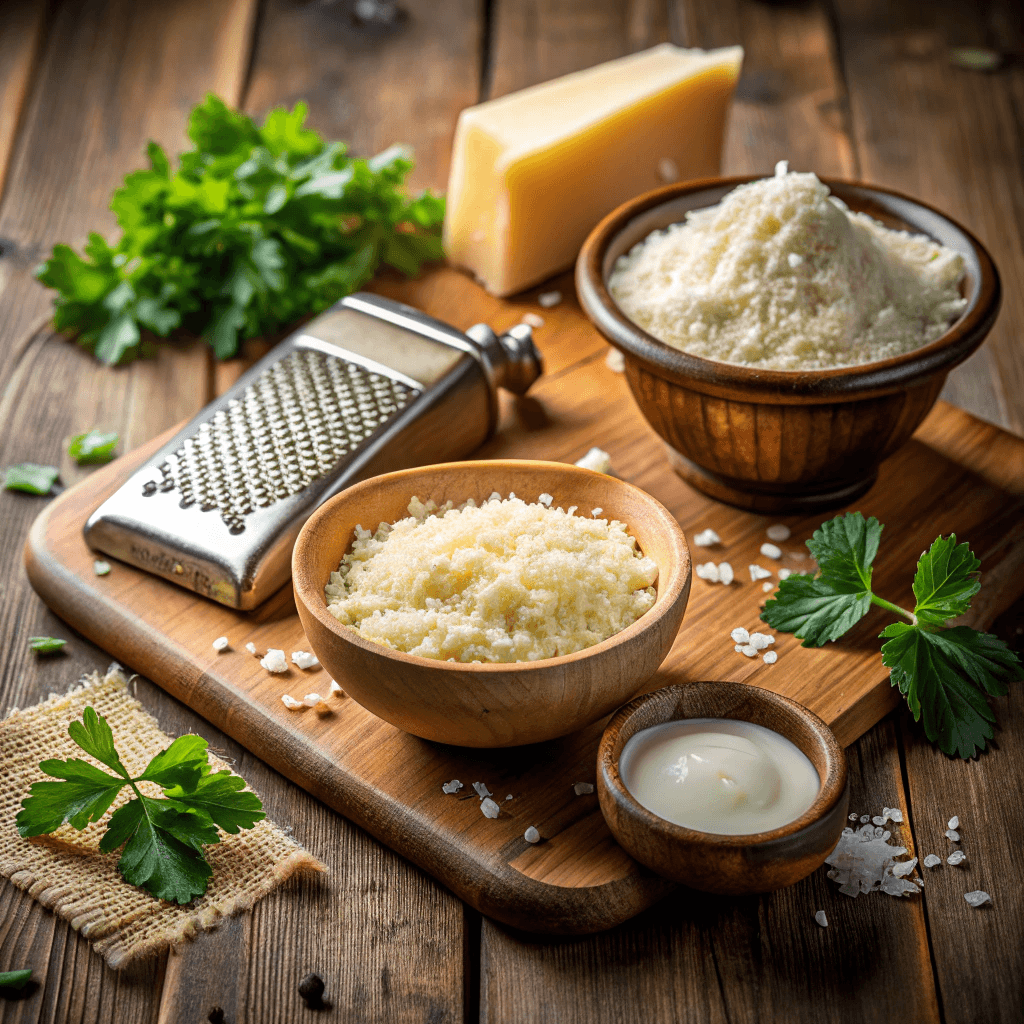
Ingredients To Add For More Flavor
Herbs And Spices
Herbs and spices are an easy way to transform a basic Alfredo sauce:
- Fresh Herbs:
- Parsley: Adds brightness and freshness to balance the richness.
- Basil: Offers a sweet, aromatic flavor.
- Oregano And Thyme: Add earthy, savory notes.
- Dried Spices:
- Garlic Powder: Enhances the garlicky undertone.
- Onion Powder: Adds subtle sweetness.
- Nutmeg: A classic addition that complements the creamy texture.
- Black Pepper Or White Pepper: Adds a gentle kick of spice.
- Red Pepper Flakes Or Cayenne Pepper: Perfect for a hint of heat.
Cheeses
Cheese is the cornerstone of any good Alfredo sauce, but adding different varieties can enhance its flavor profile:
- Parmesan: Always opt for freshly grated for optimal taste and texture.
- Romano And Asiago: These cheeses add sharpness and nuttiness.
- Mozzarella: Creates a stretchier and creamier consistency.
- Gorgonzola: Introduces a bold, tangy flavor for adventurous eaters.
For more inspiration, check out the Sausage Pasta With Spinach Recipe, which blends unique ingredients with creamy sauces for delicious results.
Proteins
Adding protein to your Alfredo sauce turns it into a hearty and satisfying meal:
- Chicken: Grill, pan-sear, or shred it for a classic pairing with Alfredo sauce. Learn how to integrate chicken into your dishes with Leftover Rotisserie Chicken Recipes.
- Seafood: Shrimp, scallops, or crab meat provide a luxurious twist.
- Bacon Or Pancetta: Add smoky, salty flavors that pair beautifully with creamy sauce.
- Sausage: Italian or spicy sausage can add depth and variety to your dish.
Vegetables
Vegetables not only bring flavor but also provide texture and nutrition to Alfredo-based meals:
- Popular Choices:
- Broccoli: Adds crunch and a vibrant green color.
- Spinach: Wilts beautifully into the sauce.
- Mushrooms: Sautéed mushrooms add earthy richness.
- Roasted Vegetables:
- Bell Peppers: Provide sweetness and smokiness.
- Cherry Tomatoes: Add acidity and brightness.
- Asparagus: Introduces a nutty, tender flavor.
For creative ways to use vegetables, visit Frozen Carrots Recipe Ideas for ideas that complement Alfredo dishes.
Cream And Dairy Alternatives
- Heavy Cream Or Half-And-Half: Makes the sauce richer and creamier.
- Coconut Milk Or Cashew Cream: Great dairy-free options for a lighter but still creamy Alfredo sauce.
Liquid Enhancers
- White Wine: A splash of dry white wine, like Sauvignon Blanc, adds acidity and depth.
- Chicken Or Vegetable Stock: Boosts the savory notes while thinning out overly thick sauces.
Techniques To Improve Alfredo Sauce
Even a basic Alfredo sauce can become extraordinary with a few simple techniques. These methods ensure the sauce is creamy, flavorful, and well-balanced for any dish.
1. Creating A Roux For Thickness
A roux is a mixture of butter and flour cooked together and used as a base for sauces. Adding a roux to Alfredo sauce helps create a smooth, velvety texture without making it too heavy. To make a roux:
- Melt butter in a saucepan over medium heat.
- Add an equal amount of flour and whisk until it forms a golden paste.
- Slowly incorporate the liquid components of your Alfredo sauce, whisking continuously.
This technique ensures even thickness and prevents the sauce from feeling too runny.
2. Using Pasta Water For Emulsification
Reserved pasta water is a secret weapon in creating the perfect Alfredo sauce. It contains starches released by the pasta, which help bind the sauce to the noodles. After boiling your pasta, save about ½ cup of the cooking water and:
- Add it gradually to the sauce as you combine it with the pasta.
- Stir well to achieve a glossy and well-emulsified sauce.
3. Simmering For Flavor Depth
Simmering Alfredo sauce on low heat for 5–10 minutes allows the flavors to meld together. This process enhances the richness while naturally thickening the sauce. Avoid boiling, as this can cause the cream to curdle or the sauce to separate.
4. Proper Cheese Incorporation
Cheese is the heart of Alfredo sauce, but it must be added carefully to avoid clumping. Follow these tips:
- Always use freshly grated Parmesan or Romano cheese for optimal melting and flavor.
- Gradually sprinkle the cheese into the warm sauce, stirring continuously to incorporate it evenly.
- Keep the heat low during this step to prevent the cheese from seizing or separating.
By mastering these techniques, you’ll achieve a creamy, flavorful Alfredo sauce every time.
Pairing Alfredo Sauce With The Right Pasta And Sides
While Alfredo sauce pairs well with many types of pasta and side dishes, choosing the right combinations can elevate the entire meal.
Best Pasta Types For Alfredo Sauce
The creaminess of Alfredo sauce makes it ideal for pasta shapes that can hold and absorb the sauce:
- Fettuccine: The classic choice, its wide, flat surface clings to the sauce beautifully.
- Penne: With its tubular shape, penne captures the sauce inside for a burst of flavor in every bite.
- Rigatoni: Similar to penne but with a ridged texture that grips the sauce even better.
- Linguine And Spaghetti: These long, thin noodles are great for a lighter Alfredo dish.
- Zoodles Or Gluten-Free Pasta: Ideal for those seeking low-carb or gluten-free options.
Side Dish Ideas
Complementing Alfredo sauce with well-paired sides ensures a balanced meal. Here are some excellent options:
- Garlic Bread: The buttery, crunchy texture contrasts beautifully with the creamy sauce.
- Caesar Salad: A fresh, tangy salad provides a refreshing balance to the richness of Alfredo sauce.
- Roasted Vegetables: Try asparagus, carrots, or Brussels sprouts for added texture and flavor.
- Soup Pairings: A light vegetable or chicken soup complements Alfredo pasta without overpowering it.
For creative side dish inspiration, explore Healthy Bowl Recipes Variations or Leftover Rotisserie Chicken Recipes for ideas that pair perfectly with Alfredo sauce.
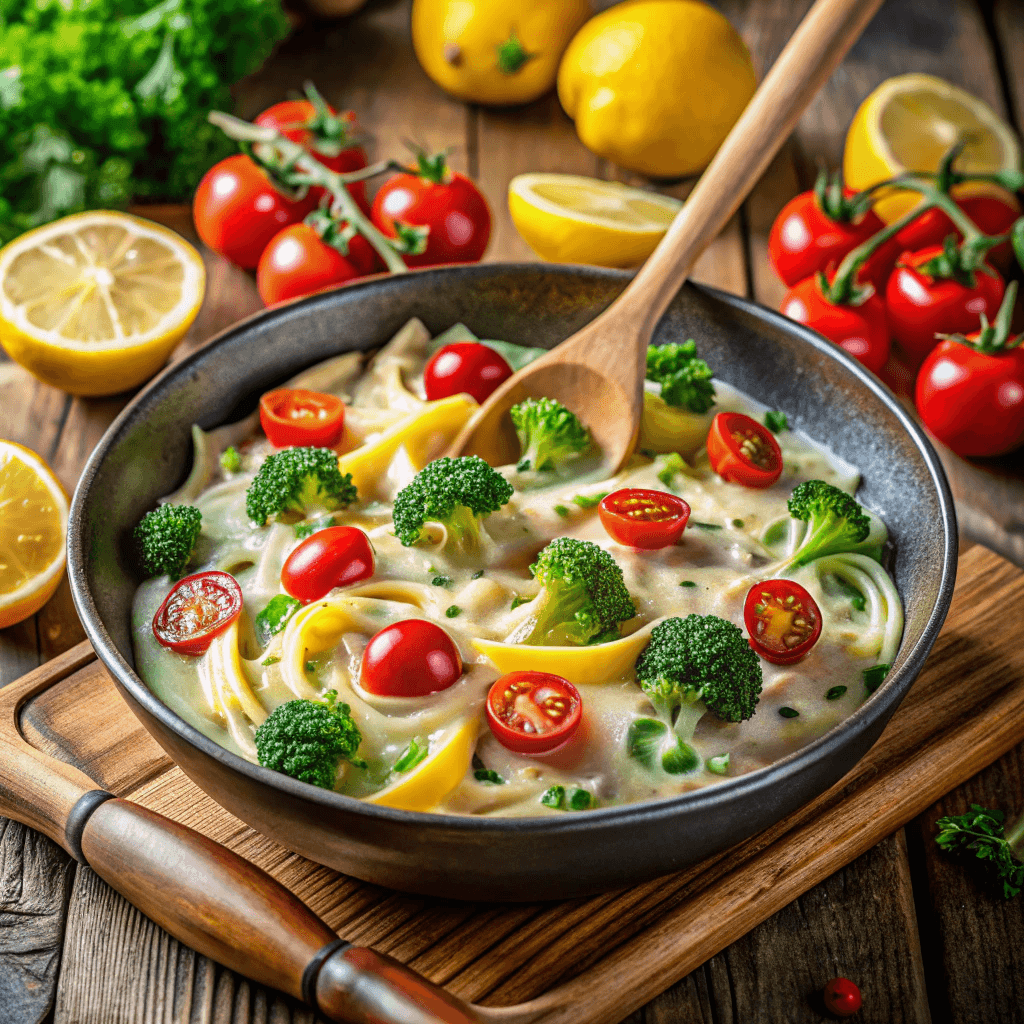
Frequently Asked Questions (FAQs)
1. How Do You Make Alfredo Sauce Taste Better?
Adding ingredients like garlic, fresh herbs (parsley or basil), and freshly grated Parmesan can boost the flavor. A splash of white wine or chicken stock also adds depth.
2. Can You Add Vegetables To Alfredo Sauce?
Absolutely! Vegetables like broccoli, spinach, mushrooms, and roasted cherry tomatoes are popular choices that enhance both flavor and nutrition.
3. How Can You Incorporate Protein Into Alfredo Sauce?
Grilled chicken, shrimp, bacon, or pancetta are excellent protein options. Check out Blackened Chicken Alfredo Recipe for a bold protein-based Alfredo twist.
4. What Pasta Shapes Work Best With Alfredo Sauce?
Fettuccine is the traditional pairing, but penne, rigatoni, and linguine are also great choices. Each shape captures the creamy sauce in its unique way.
5. Can You Freeze Leftover Alfredo Sauce?
Yes, but be mindful that freezing may cause the sauce to separate upon reheating. To restore its creamy consistency, gently reheat on low heat while stirring continuously.
6. How Can You Thicken Alfredo Sauce?
Use a roux, reduce it through simmering, or add a small amount of cream cheese or grated mozzarella for a thicker texture.
7. Can Alfredo Sauce Be Made Dairy-Free?
Yes! Use alternatives like cashew cream, almond milk, or coconut milk, and substitute Parmesan with nutritional yeast for a creamy vegan Alfredo.
8. How Long Does Alfredo Sauce Last In The Refrigerator?
Homemade Alfredo sauce can be stored in an airtight container in the refrigerator for up to 3–4 days. Reheat gently on the stovetop with a splash of milk or cream to restore its texture.
9. Can You Use Alfredo Sauce For Dishes Other Than Pasta?
Absolutely! Alfredo sauce works well as a topping for baked vegetables, pizza, or even as a creamy base for casseroles.
10. How Do You Keep Alfredo Sauce From Separating?
To avoid separation, use fresh ingredients, keep the heat low, and incorporate cheese slowly while stirring. Avoid overheating or boiling the sauce.
Conclusion
Improving your Alfredo sauce doesn’t have to be complicated—it’s all about using the right ingredients and techniques to bring out its best flavors. From incorporating fresh herbs like parsley and basil to blending cheeses such as Parmesan and Romano, there are countless ways to make Alfredo sauce taste even better. Proteins like grilled chicken or shrimp and vegetables like broccoli, spinach, or roasted mushrooms can turn your Alfredo dish into a hearty, satisfying meal. Want even more flavor? Add a splash of white wine or chicken stock to deepen the sauce’s complexity.
With these ideas, you can easily create a sauce that suits your tastes and dietary preferences. Looking for more ways to experiment? Visit Frozen Carrots Recipe Ideas to see how vegetables can enhance your Alfredo dishes. For a hearty, protein-packed variation, explore Leftover Rotisserie Chicken Recipes, or for lighter pairings, check out Healthy Bowl Recipes Variations for creative sides.
Now it’s your turn to bring these tips to life! Whether you’re making Alfredo sauce for a cozy family dinner or a special gathering, these techniques and ingredient ideas will help you create a sauce that’s rich, flavorful, and entirely your own.
For more recipes, tips, and creative meal ideas, follow us on social media! Join us on Facebook, Instagram, Pinterest, and X. We’d love to see your Alfredo sauce creations—tag us and share your culinary success!



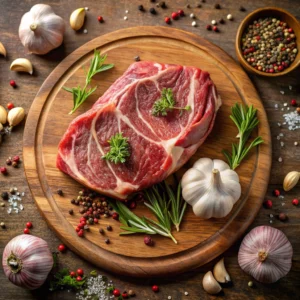


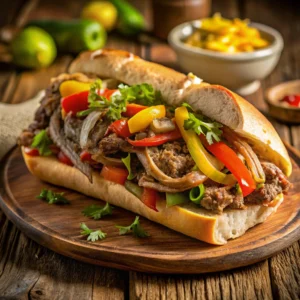
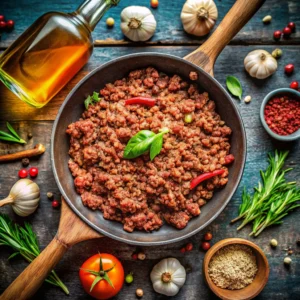
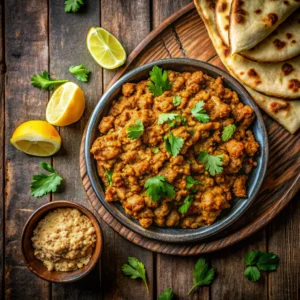


You might also like these recipes
Do You Wash Chicken Keema? The Ultimate Guide to Safe Handling
The Best Side Dishes to Serve With Chili Dogs
Is It Better to Pan Fry or Oven Bake Chicken?